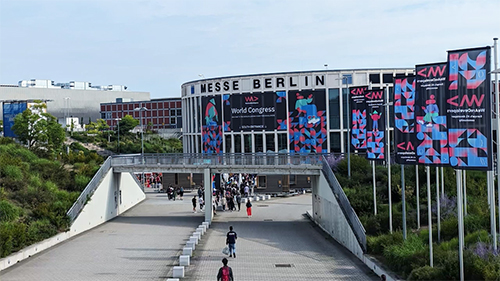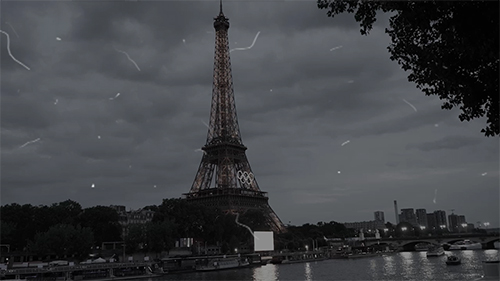This checklist applies to exhibitions, product launches, ceremonies, etc., defining photographers’ core responsibilities and technical standards across event phases to maximize visual impact.
Responsibilities of Event Photographers
1. Pre-event Planning & Gear Setup
◆ Confirm shoot requirements with organizers (e.g., key segments, VIP lists,
restricted content) and create a shot list.
◆ Inspect and prepare equipment (cameras, lenses, lighting, spare batteries/
memory cards) to ensure functionality.
2. On-site Shooting & Coverage
◆ Capture critical moments per event rundown (e.g., speeches, ceremonies,
audience engagement) with wide and close-up angles.
◆ Proactively document candid emotions (e.g., guest reactions, attendee focus,
team dynamics) without excessive staging.
3. Lighting & Composition
◆ Adapt camera settings (ISO/shutter/aperture) to venue lighting to prevent
overexposure or excessive noise.
◆ Apply composition techniques (e.g., leading lines, negative space,
rule of thirds) to enhance visual storytelling.
4. Team Coordination & Contingencies
◆ Coordinate with videographers to avoid framing conflicts and reserve space
for post-editing.
◆ Resolve gear malfunctions swiftly (e.g., lens changes, backup camera
activation) to prevent coverage gaps.
5. VIP & Portrait Sessions
◆ Shoot individual portraits for VIPs with formal framing and
clean backgrounds.
◆ Discuss preferences (e.g., profile/full-body shots) in advance, respecting
privacy and minimizing disruption.
6. Post-processing & Delivery
◆ Curate photos, apply basic color grading/cropping, and delete blurry/
duplicate rejects.
◆ Deliver final images in agreed formats (e.g., JPG/RAW) within deadlines,
with backups to cloud/hard drives.
7. Compliance & Confidentiality
◆ Adhere to copyright rules (e.g., no unauthorized commercial use) and sign
NDAs for sensitive content.
◆ Avoid pre-event image leaks and delete materials flagged as restricted by
organizers.
Core Competencies
◆ Experience in diverse conditions (low light, action, wide venues)
◆ Proficiency in editing tools (e.g., Lightroom/Photoshop)
◆ Quick reflexes and anticipation of key moments
◆ Cross-team communication and time management
Notes
◆ Conduct a venue recce pre-event to assess lighting and angles,
noting power outlet locations.
◆ Wear protective gear and follow safety protocols during high-risk segments
(e.g., pyrotechnics).
◆ Respect cultural taboos during international events
(e.g., no photography in religious ceremonies).
Note: For large events, assign roles (e.g., lead photographer focuses on VIPs, assistant covers audience).
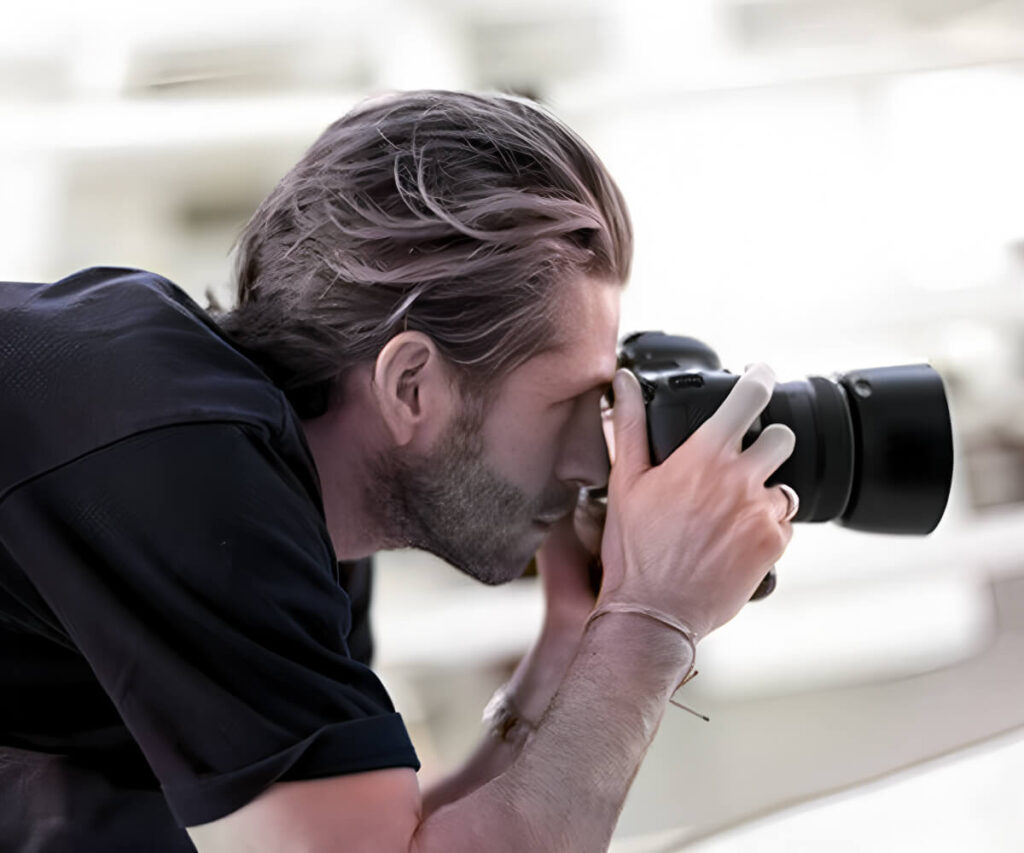
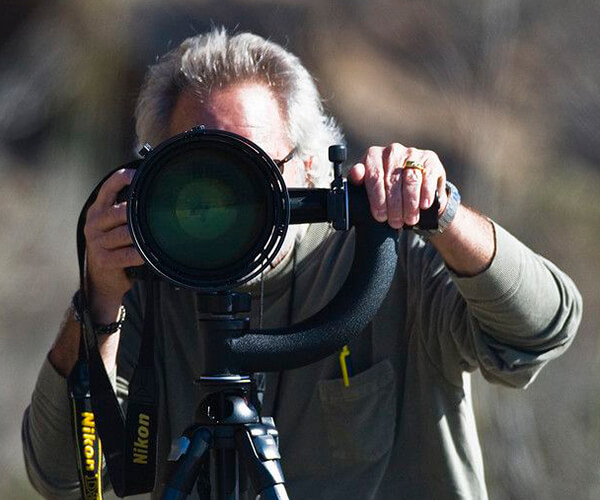
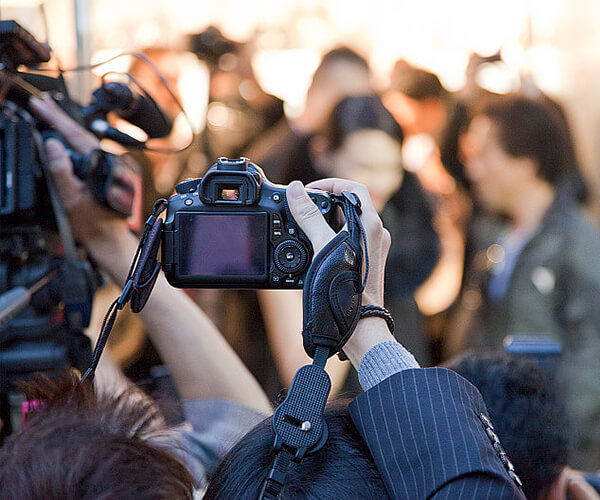
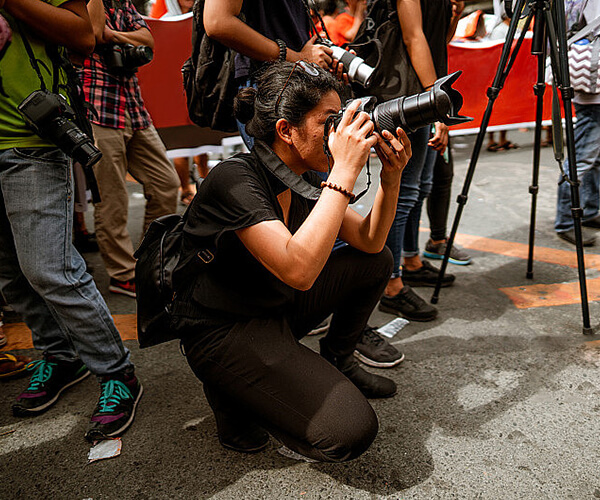
This checklist applies to product launches, exhibitions, performances, etc., defining videographers’ core responsibilities and operational standards across event phases to achieve efficient video production and creative execution.
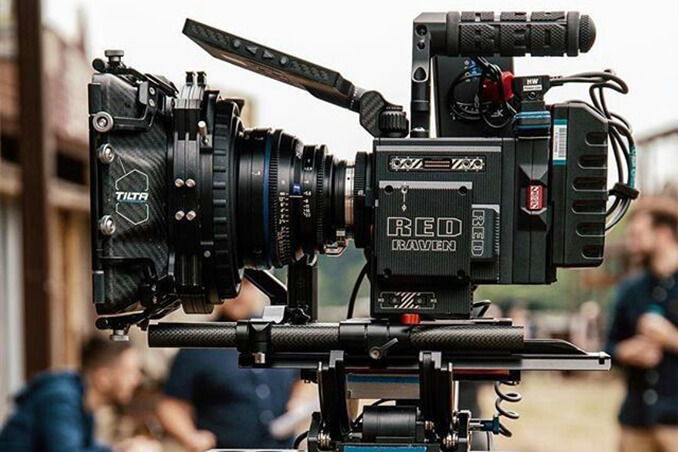
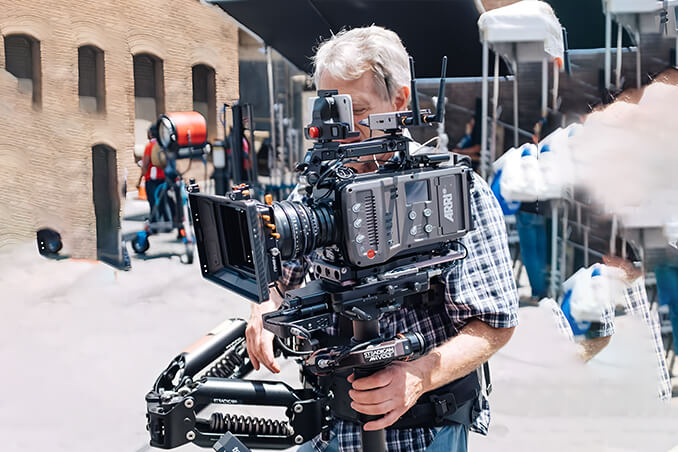
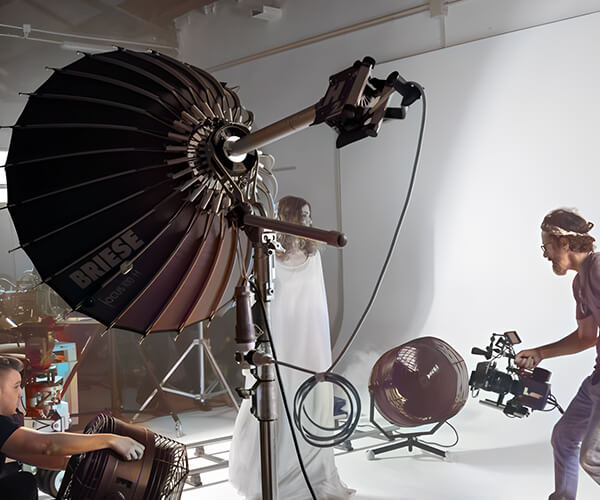
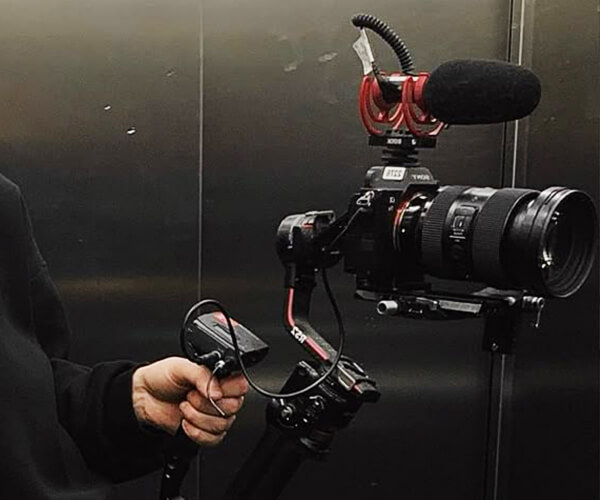
Responsibilities of Event Videographers
1. Pre-event Planning & Equipment Setup
◆ Clarify video requirements (e.g., style, key segments, editing purposes) with
organizers, and draft shot lists and shooting plans.
◆ Test equipment (cameras, stabilizers, mics, monitors) and backups; ensure
sufficient batteries and storage.
2. Multi-camera Coordination & Dynamic Shots
◆ Use main camera for stage coverage, secondary cameras for audience
reactions, booth interactions, and backstage B-roll.
◆ Employ techniques (zooms, pans, tracking shots, time-lapse) to enhance
visuals; avoid shaky footage or crew interference.
3. Audio Capture & Sync
◆ Capture clean audio (speeches, music, applause) via external mics to minimize
ambient noise.
◆ Provide sync references for post-production (e.g., clapperboard marks,
timecode alignment).
4. Lighting Adaptation & Settings
◆ Adjust exposure, white balance, and frame rate dynamically to match stage
lighting changes.
◆ Use fill lights or high-ISO modes in low-light conditions to maintain clarity.
5. Contingency Handling & Gear Care
◆ Resolve technical issues swiftly (e.g., backup camera swaps, audio reboots) to
prevent coverage gaps.
◆ Manage files (dual-card backups, labeled clips) and transfer to drives/cloud
post-event.
6. Post-event Footage Organization & Rough Cut
◆ Organize footage chronologically/by segments, tag usable clips and rejects.
◆ Deliver rough cuts for organizer review, noting reshoot or VFX needs.
7. Collaboration & Compliance
◆ Coordinate with photographers and directors to avoid framing conflicts or
signal interference.
◆ Adhere to copyright rules (e.g., music licenses, image rights) and delete
unauthorized content.
Core Competencies
◆ Proficiency in multi-cam setups and editing tools (e.g., Premiere/Final Cut Pro)
◆ Audio-visual synchronization and sound editing skills
◆ Physical stamina for prolonged shooting and movement anticipation
◆ Creative shot composition and narrative sequencing
Notes
◆ Obtain venue power outlet maps pre-event to prevent tripping hazards.
◆ Discuss VIP shooting boundaries in advance to avoid intrusive close-ups.
◆ For international events, prepare multi-format power adapters and standards
converters (e.g., NTSC/PAL).
Note: For large events, assign roles (director-videographer-assistant): lead covers key moments, assistant manages backups and gear maintenance.
This checklist applies to large-scale expos, outdoor ceremonies, sports events, etc., defining core responsibilities and operational standards for aerial photographers across event phases to ensure structured and compliant drone operations.
Responsibilities of Aerial Photographers
1. Legal Compliance & Permissions
◆ Obtain airspace permits in advance; verify if the venue is in a no-fly or
restricted zone.
◆ Adhere to local drone laws (e.g., altitude limits, visual line-of-sight rules) and
file flight plans.
2. Gear Inspection & Risk Mitigation
◆ Pre-event drone inspection (batteries, propellers, GPS, obstacle avoidance) to
ensure functionality.
◆ Assess environmental risks (e.g., power lines, crowd density, weather) and plan
emergency landing protocols.
3. Route Planning & Dynamic Shooting
◆ Design flight paths (e.g., orbiting stages, diving through structures, hovering)
and map routes.
◆ Operate drones in real-time to capture pivotal shots (e.g., opening ceremony
overviews, fireworks, crowd formations).
4. Weather Adaptation & Signal Control
◆ Monitor wind speed, rain, and electromagnetic interference to determine safe
flying conditions.
◆ Deploy signal boosters or backup frequencies to prevent transmission loss
and “flyaway” incidents.
5. Team Coordination & Multi-drone Syncing
◆ Coordinate with ground crews to prevent conflicts between drones and
equipment (e.g., cranes, sliders).
◆ Synchronize timecodes and assign separate frequencies for multi-drone
formations to avoid interference.
6. Emergency Response & Troubleshooting
◆ Trigger Return-to-Home (RTH) or manual takeover during malfunctions;
evacuate people below.
◆ Secure crash sites and file incident reports with organizers and authorities
post-crash.
7. Post-processing & Delivery
◆ Curate raw footage, apply color grading, stabilization, and noise reduction.
◆ Deliver final outputs (e.g., 4K videos, 360° panoramas, time-lapse) with
backups to designated storage.
Core Competencies
◆ Drone pilot license (e.g., UTC, AOPA certification)
◆ Basic meteorology and aerodynamics knowledge
◆ Spatial awareness in complex environments
◆ Post-production skills (e.g., DaVinci Resolve/After Effects)
Notes
◆ Mandatory third-party liability insurance pre-flight to cover equipment damage
and injury risks.
◆ Maintain safe altitude (typically ≥30m) over crowds; no low-altitude flights
through audience zones.
◆ Research local airspace regulations for international events (e.g., EU CE marking
requirements).
Note: For large events, assign dual roles: pilot-in-command (PIC) and visual observer (VO) to monitor surroundings and manage communications.
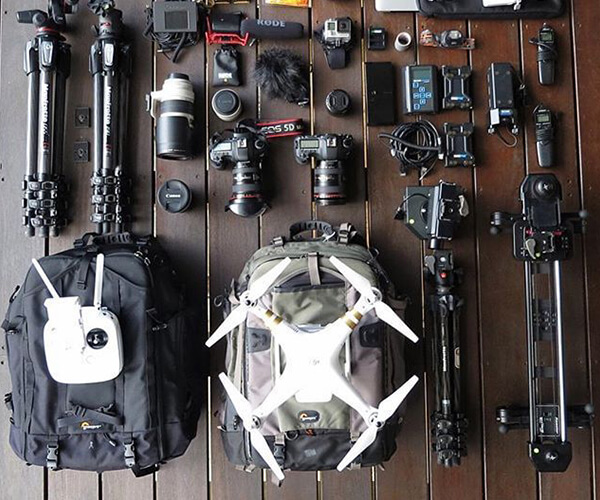
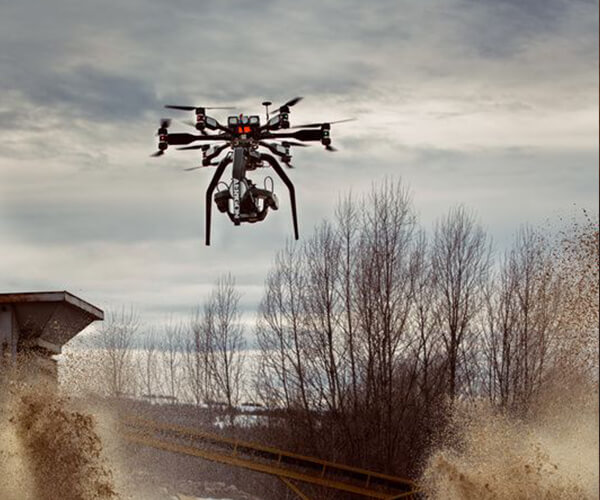
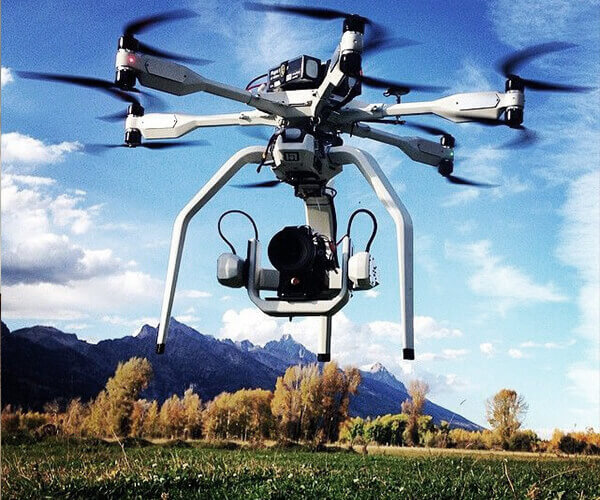
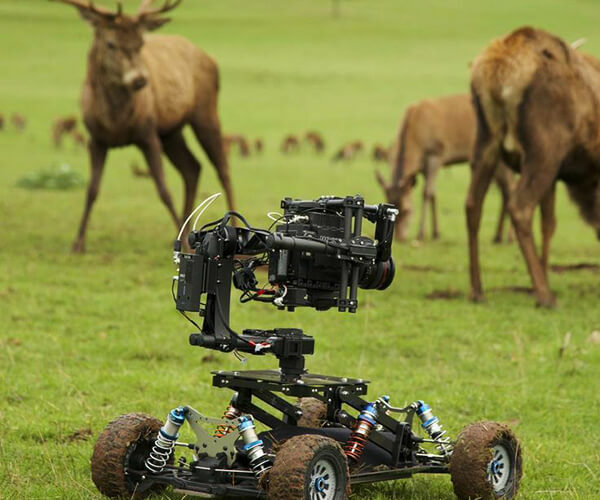
This checklist applies to live streaming roles (e.g., director, technician, engagement moderator) in product launches, expos, performances, etc., defining collaborative tasks and operational standards to achieve efficient live broadcast execution.
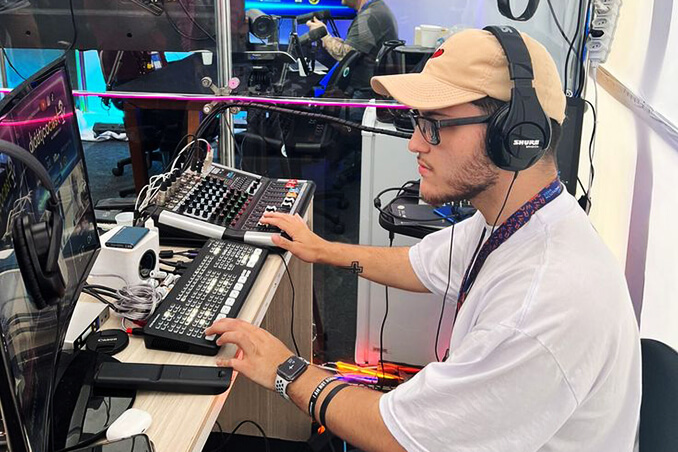
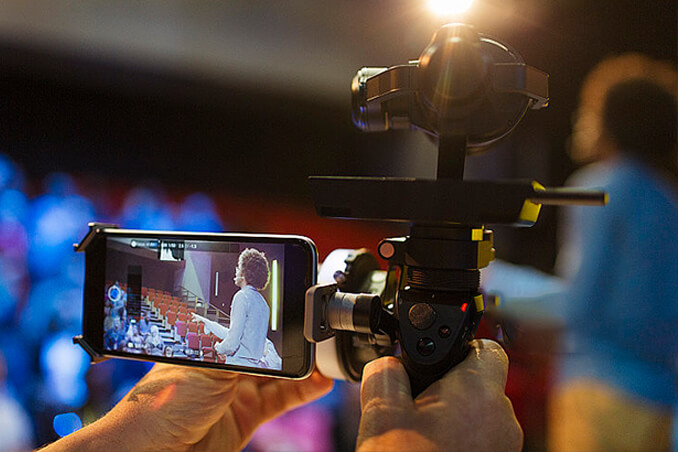
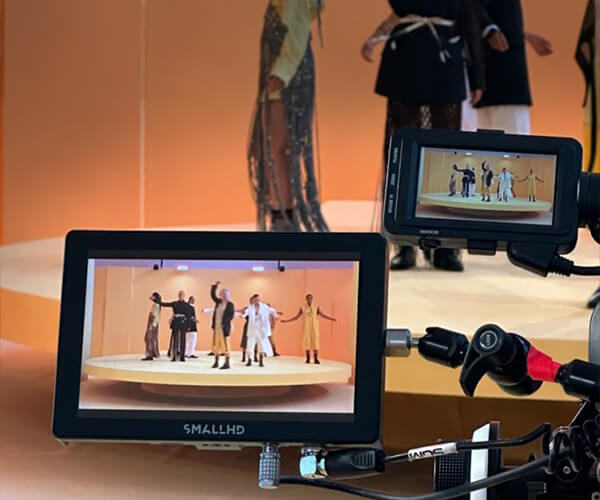
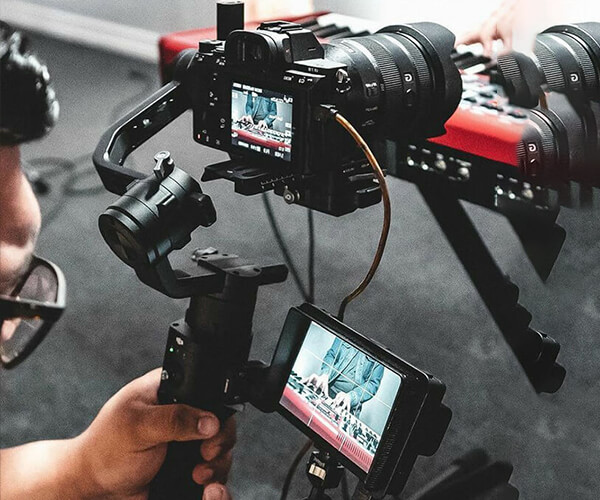
Responsibilities of Live Streaming Team
1. Pre-event Planning & Tech Setup
◆ Confirm streaming platforms (e.g., YouTube, TikTok, Zoom), protocols
(RTMP/RTSP), and resolution requirements.
◆ Test encoders, cameras, network bandwidth, and backup streams to ensure
redundant signal paths.
2. Multi-camera Switching & Directing
◆ Switch camera feeds (e.g., main stage, audience reactions, backstage B-roll) in
sync with event pacing and director’s script.
◆ Insert pre-recorded clips, subtitles, or brand logos to enhance content
completeness.
3. Audio Sync & Mixing
◆ Mix live audio (speeches, music) with voiceovers, balancing levels to prevent
distortion or silence.
◆ Provide isolated audio tracks for post-production, marking key timestamps.
4. Real-time Engagement & Moderation
◆ Moderate live chat, comments, and virtual gifts; filter and respond to high-
value user questions.
◆ Monitor sentiment trends and block sensitive content or spam.
5. Data Monitoring & Contingency
◆ Track live metrics (viewership, buffering rates, geo-distribution) and optimize
CDN routing.
◆ Switch to backup streams during outages and display “Please Stand By”
notifications.
6. Copyright & Compliance
◆ Secure licenses for music, likenesses, or trademarks used in streams.
◆ Adhere to platform policies (e.g., no explicit content);
apply 7-10s delay for risk filtering.
7. Post-stream Review & Archiving
◆ Generate post-stream reports (peak viewership,
engagement, conversion rates) with improvement insights.
◆ Archive recordings and raw files;
store or destroy sensitive materials per NDAs.
Core Competencies
◆ Mastery of streaming tools (OBS/XSplit, CDN setup)
◆ Multitasking and decision-making under pressure
◆ Cross-platform engagement management experience
◆ Basic legal knowledge (copyright, privacy laws)
Notes
◆ Simulate network fluctuations and equipment failures during rehearsals to
test contingency response.
◆ For global streams, account for time zones and language support
(e.g., AI real-time translation).
◆ Outdoor events require windproof mics and cellular bonding devices
(e.g., LiveU).
Note: For large events, set up a dedicated control room with monitors, intercoms, and backup power.
This checklist applies to product launches, expos, promotional videos, etc., defining editors’ core responsibilities and operational standards across footage organization, rough cuts, fine editing, and delivery phases to streamline post-production workflows.
Responsibilities of Video Editors
1. Footage Organization & Pre-processing
◆ Categorize raw clips (multi-cam, aerial, interviews) chronologically/by segments;
tag usable shots and rejects.
◆ Standardize formats (resolution, frame rate, color space); transcode proxy files for
smoother editing.
2. Narrative Structuring & Rough Cut
◆ Build video structure based on scripts/event rundowns, defining climax points
and pacing shifts.
◆ Deliver rough cuts for organizer review, noting reshoot or adjustment needs.
3. Fine Editing & Effects
◆ Add transitions, motion graphics (MG animations),
and subtitles to boost visual appeal.
◆ Apply color grading (LUTs), audio noise reduction, and mixing for consistency.
4. Multi-version Adaptation & Delivery
◆ Export platform-specific versions (e.g., 16:9 landscape, 9:16 portrait, 15s shorts).
◆ Provide layered project files and isolated audio tracks for future edits or localization.
5. Collaboration & Feedback Integration
◆ Coordinate with videographers for reshoots and fix flaws
(e.g., continuity errors, shaky footage).
◆ Iterate edits based on organizer feedback;
maintain version control to prevent conflicts.
6. Copyright & Compliance
◆ Secure commercial licenses for music, fonts, and stock assets to prevent legal issues.
◆ Remove unauthorized likenesses or sensitive content
(e.g., competitor brand exposure).
7. File Management & Backup
◆ Archive raw files, project files, and finals per project with dual backups
(local + cloud).
◆ Delete temp files post-event to free up storage.
Core Competencies
◆ Mastery of editing tools (e.g., Premiere Pro/DaVinci Resolve)
◆ Audiovisual storytelling and pacing control
◆ Efficient rendering and hardware optimization
◆ Cross-team communication and stress tolerance
Notes
◆ Confirm brand guidelines (fonts, colors, logo placement) with organizers pre-event.
◆ Set daily milestones for large projects to prevent last-minute rushes.
◆ For global projects, account for time zones and multilingual subtitle formatting
(e.g., Arabic right-aligned).
Note: Use automation tools (e.g., PluralEyes for sync) to boost efficiency; assign editor-assistant roles for complex projects.


